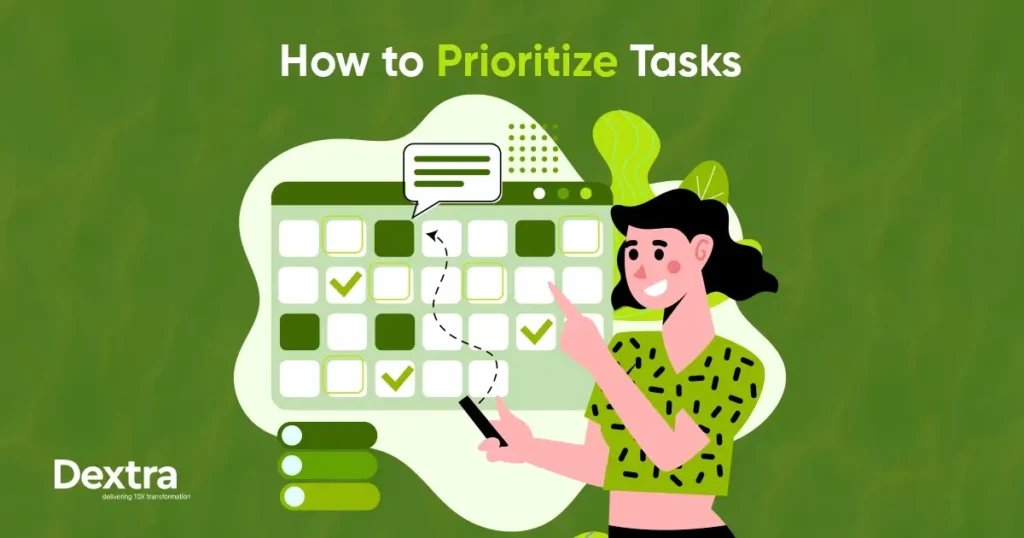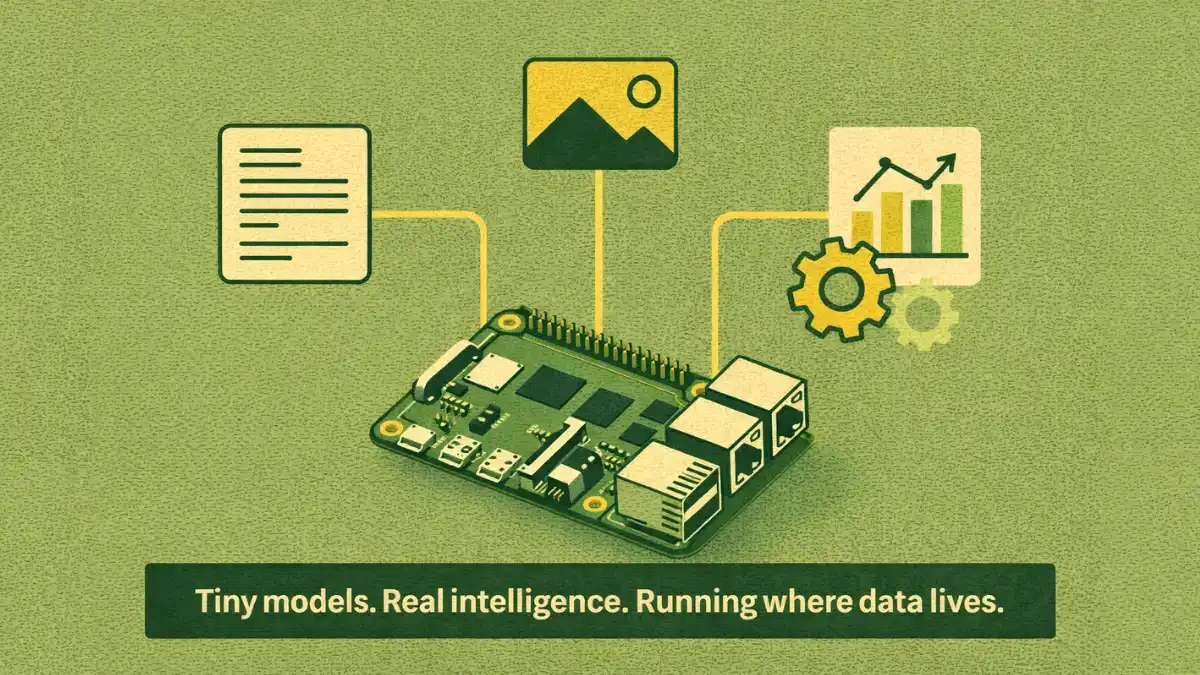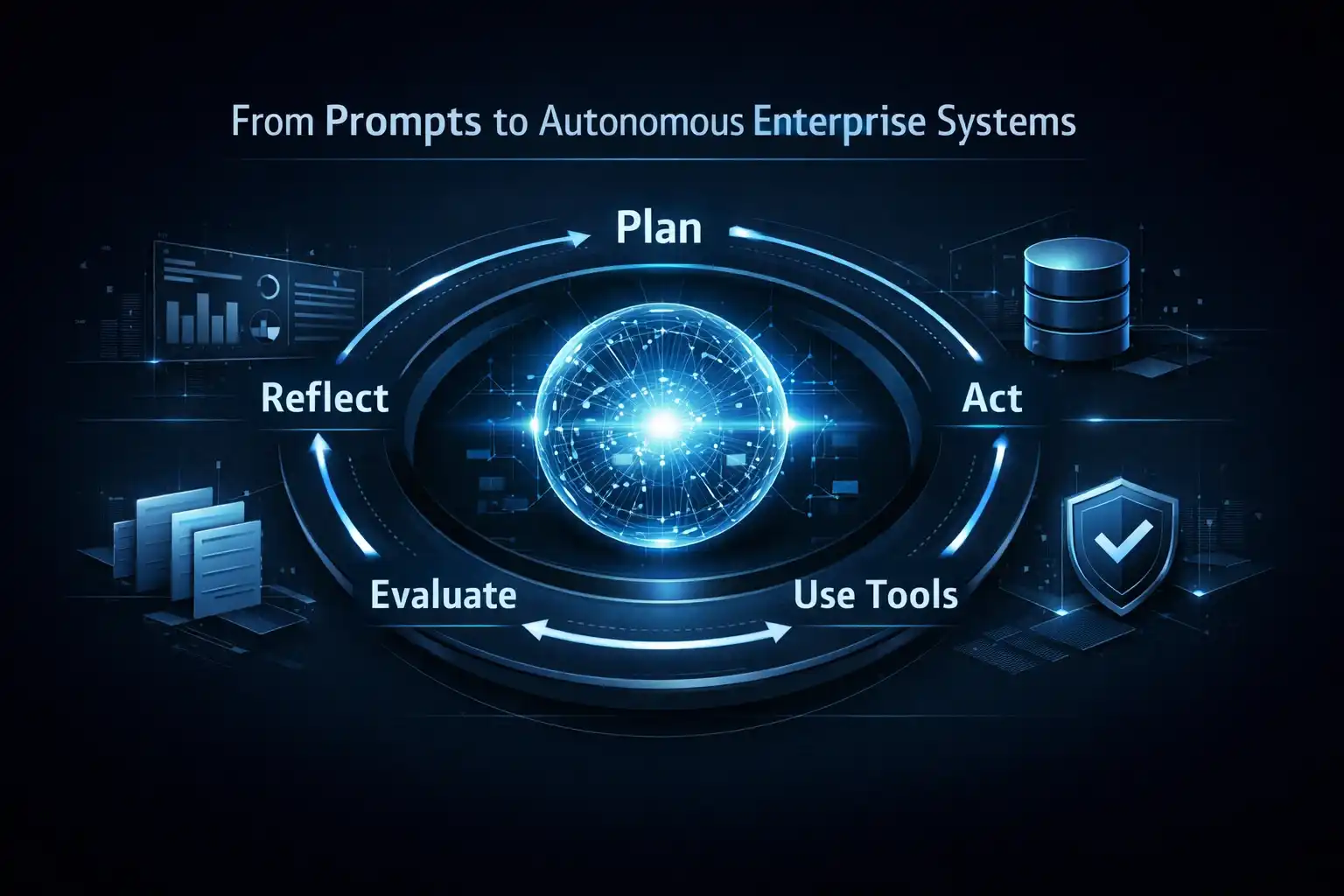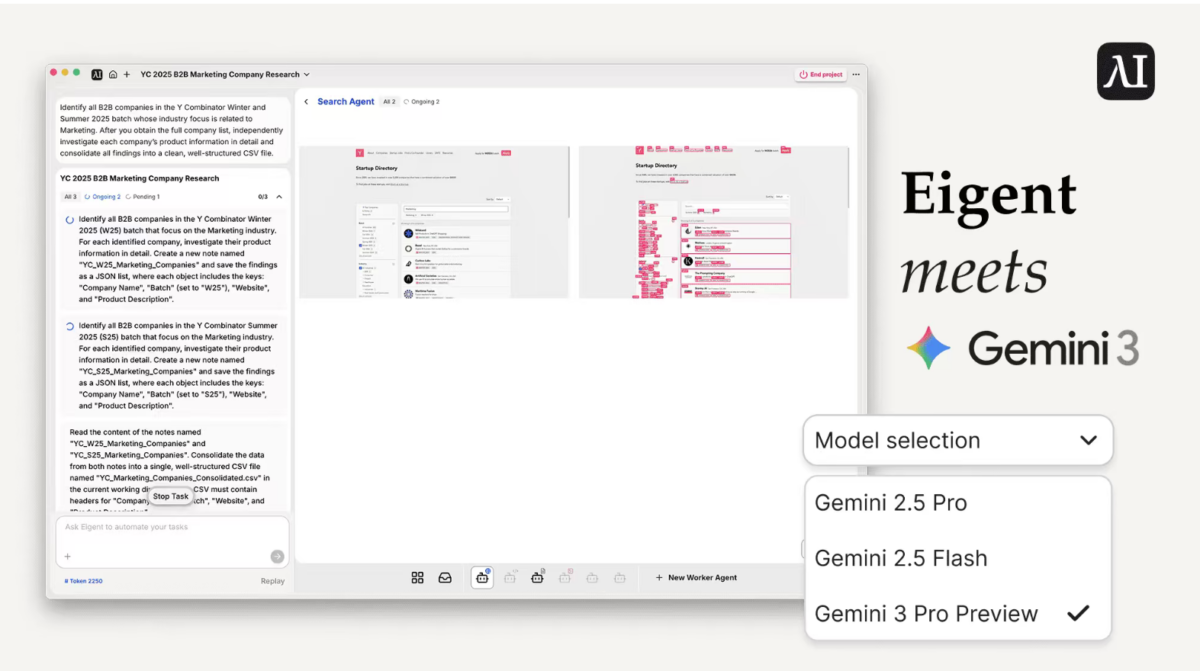The hyper-paced digital world is becoming challenging for business associations and solo influencers to maintain the ecosystem and periodically prioritize tasks. No one can perform disordered tasks and engage in inefficient activities. Therefore, a dedicated approach is required to perform all the tasks and maintain the order list accordingly. Prioritizing tasks, performing activities in order can boost the business’s productivity and sharpen your skillset to organize multiple tasks more efficiently and flexibly.
This article covers critical techniques for optimizing your overall task prioritizing and performance activities. Applying these techniques and proven efficient ways can help you develop an organized structure for boosting task-performing activities in a more controlled and manageable approach.
Why Prioritize Tasks Important for Maintaining Workloads?
Prioritizing tasks means dedicating the activity of arranging the unstructured task lists and organizing these tasks in their priority sequence to the most experienced team. In this context, the urgency and importance of any task determine its overall position and benefit the manufacturing teams and stakeholders. Task prioritization can significantly build professional and skillful collaboration between business stakeholders and development teams to meet high-end goals and desired projects under quality leadership and supervision.
The most critical technical integration is accessing the prioritize tasks are the priority position and putting it in the same position of urgent performance. Still, if your teams cannot perform the prioritization activities, they can ultimately damage your business efficiency and lose control over all resources.
For example, if you want to travel from one city to another, this is your priority. But, you must check the car oil, air pressure in tires, and road map for smooth travel; this is also a primary task to complete before embarking on your journey.
How to Prioritize Tasks in Your Work? Valuable Techniques of Task Prioritization?
There are many helpful techniques for optimizing the task priority process
1- Eisenhower Matrix
The “Eisenhower Method,” also known as the “Eisenhower Principle,” is a methodology in which are prioritize tasks are divided into two major divisions based on the principles of the most important and urgent activities. These divisions set the tone for your work in the most organized structure and pave the way for productivity, enhancing efficiency and controlling the production units and infrastructure to maintain workflows.
This methodology is based on the quote of Dwight D. Eisenhower (an American Military Officer and Statesman who served as the 34th President of the U.S. and supreme commander): “I’ve two kinds of problems, one is most important, and the other is most urgent.”
By adopting this methodology and a strong principles-based working theory, any company or organization can perform its daily business activities excellently based on the major principles of essential/unimportant and urgent/not urgent.
Step 1: Important/Urgent tasks are performed to meet high alerts, immediate happenings, and the earliest deadlines.
Step 2: The second division is important/not urgent tasks; in this division, the prioritize tasks are organized in order but are not urgent. These divisions can be done for personal relationships, planning, and recreation to maintain the flow.
Step 3: The third division is based on Unimportant/Urgent tasks. In this quadrant, the tasks are structured on the principles of unimportant but urgent. These tasks are usually performed when you are working on a big project, but need to complete the basic urgent tasks to perform efficiently, such as meetings and assigned activities.
Step 4: The last quadrant is the Unimportant/Urgent division. These divisions can assist the experts in performing other major, prioritize tasks and make them secondary considerations for more accurate and optimized performance.
2- MoSCoW Methodology
Dai Clegg is the pioneer of this prioritization methodology. He developed it in 1994 to organize things according to their importance. This methodology has been adopted and integrated in many business organizations, whether working in retail, manufacturing, or any other sector. MoSCow is widely used in software development operations to meet fixed deadlines and work for one goal under the supervision of technology experts to maintain smooth business operations.
MoSCow is also an acronym, elaborated as follows:
M=Must Have
This segment highlights the critical parts of the overall plan to work for this segment, more importantly, such as delivering the project within the due period and putting all efforts into the project to develop a detail-oriented product. If the team does not pursue the must-have goals, it cannot perform to accomplish the goals as advised. Therefore, the development teams must collaborate with stakeholders to measure the estimated goals before the project starts.
S=Should Have
All the project requirements highlighted as” Should Have” are important but not too urgent. Moreover, these prioritize tasks must be performed and are part of the project for necessary completion, but not urgent to do above all. The teams can perform these tasks later on the more urgent (Must Have) tasks.
C=Could Have
One of the most important but underestimated tasks is performing all the activities to meet the deadlines. These tasks could be added to optimize the project efficiency and could have been added for the speed jump in the workflow lines.
W=Won’t Have
It clearly shows the stakeholders’ desired intent after the goal or project is accomplished. These integrations or segments won’t be used in future developments and are removed from the parts of the required plan to reduce the time consumed on unimportant and urgent tasks and provide valuable projects.
This methodology is considered feasible in task prioritization and widely acceptable in top-tier management affairs, agile project methodologies (Scrum, Lean, and RAD), Business analytics and analyses, and many other business affairs. MoSCow always pertains to situations where management collaborates with stakeholders to work under a single goal with a lot of productive communication to develop captivating and long-running marketing products.
3- ABCDE Methodology
The ABCDE method was developed by the great American Brain Tracy, who is known for writing “Maximum Achievement” and “Eat that Frog.” This ABCDE methodology is widely used to estimate the size of all backend contributions from unfiltered data. Similarly to the processes used in the MoSCow methodology, the ABCDE is also an acronym and can be elaborated as:
A=Most Important Items
Like every other prioritization method, this is the most critical and urgent task, in which you select the top urgent and important segment out of the whole project. This is the high-performing task of the project, which can generate bundles of results and maximum outputs; if you fail to do it, that clearly shows the incompetence of your team.
B=Minor Result Items
These secondary tasks are listed with limited consequences. They can be plugged into those industries’ projects where the important functions are urgently done, which can benefit the organization with limited results.
The “B” task must be initiated after the process “A” has finished successfully. Therefore, you should never ignore important, limited-consequence tasks and leave urgent quality tasks undone.
C=Items with No Results
Those tasks labeled in the “C” category do not benefit any working domain and do not produce solid results. Therefore, they don’t generate any value, whether you do them or not.
For instance, you can call an urgent meeting with no positive agenda to solve crucial tasks, invite friends to your site, or go on a lunch break during operational hours.
D=Delegating Tasks
The “D” division means delegating the work to another expert of team member to perform the same tasks for your project.
This means you can assign unimportant tasks to another party while keeping all your responsibilities under your guidelines. These methods can generate more time-saving and cost-saving benefits for your projects.
E=Eliminating Tasks
This is the most useful division in this methodology, where “E” helps eliminate all unrewarding activities from your project.
These methods can generate a lot of value in providing quality and efficiency by eliminating bugs and irrelevant tasks to construct a rewarding task line for your project’s completion.
It is your foremost responsibility to assess the best integration of priority methods in your workflows to get maximum outputs. You can analyze and set the prioritized tasks in the line. First, if your teams adopt the A methodology, you can complete more work with limited resources and speed up project completion.
To get maximum outputs, you need to analyze whether the business sections aligned with your desired A, B, C, D, and E methods to streamline your workflows and reduce unimportant tasks to save time in ultimate project goals.
4- Time Blocking
Time The time-blocking method can assist you in performing quality assignments if you want to reduce time consumption and junk in your day-to-day tasks.
This is an efficient scheduled format for optimizing productivity by implementing your projects to block time and share valuable time-saving tactics. This method can help you restrict your time within your desired time frame and let you control the best measures to plug all the resources to get maximum outputs.
There are multiple categories of the Time-Blocking Rule:
- Tasks Batching
- Day Theme Design
- Time Box Making
- Energy Measure
For instance, you can block one hour (9 am to 10 am) for sending and reading Emails, one hour for your dedicated work, and so on…
These time blocks can minimize the pressure on you and can help you to maintain efficient control over your task.
5- Pareto Principle (The 80/20 Rule)
One of the most famous and traditional prioritization methods in the world is the Pareto Principle (also known as the 80/20 rule), which states the clear outcomes projection through significant division of work and making the tasks easy.
Mr. Joseph M. Juran developed the methods, which are divided into two major segments: providing quality and dealing with continuous improvements.
The simple statement to advocate the quality of this methodology is that the overall 20% of the project (the first 10% and the last 10% of the ongoing project) consumes 80% of the time and resources. Hence, we can say that 80% generated values are performed on the basis of the 20% hard work of assigning the tasks to the dedicated teams.
In brief, the Pareto Principle holds that most processes are divided into two parts. The small number of actively performing activities generates the overall growth and business scope to project the whole growth. Simply, 80% quality is measured by the hard work of 20% integrations.
These methods measure some identical causes using the 80/20 rule:
- Form overall project performance in % numbers
- Draw a diagram divided by important and urgent tasks, such as the most urgent and then the most important, on the above-mentioned methodologies.
- Now you can calculate a commutative % on the above-divided project.
- Draw a linear line (dotted) at 80% from the y-axis and the remaining 20% on the x-axis marked with vertically dotted lines.
- Finally, the chart will be reviewed, the traced lines will be traced, and the problem-occurring area will be analyzed.
Primary Tools for Task Prioritization
1- Task and Team Management Software
Any individual or company can optimize its employees’ performance by implementing and integrating project and team management software and tools into its operational system.
- ClickUp
- Jira
- Asana
- Trello
2- Digital Tools (Calendar & E-mail Management)
By marking and highlighting your calendar with your daily tasks and managing email, such as Google Calendar and Gmail, you can control your productivity and significantly impact your assignments.
3- Note-Taking Applications
There are some power-sourcing apps to design your prioritize tasks in your desired orders, and they can assist you in re-looking at your productive weekly and monthly goals with these apps.
- Notion
- Evernote
Tips to Perform Prioritize Tasks
- Accessing the Task Category
- Accessing the Deadlines
- Multiple Tasking
- Efficiency Delegation
- Regular Reviewing the Updates
- Flexibility
Frequently Asked Questions
Q. How can someone prioritize tasks?
There are seamless ways to improve your performance and help you prioritize tasks by selecting important/urgent task lists, organizing your tasks, allocating the tasks to teams or outsourcing them, having efficient control over adding and removing tasks, etc.
Q. How can we increase focus on the priorities?
There are bundles of ideas and tools to help you take control of your priority list by looking at the desired areas of your project, determining what to do first, and making the best use of all available opportunities to maintain business balance.
Conclusion
Hence, it is the foremost responsibility of the management to perform all activities according to your desired methodologies to track the boosted performance and maintain the company balance with your assigned tasks and not overburden the segments. These methodologies can play a significant role in optimizing business control and help you to gear up the performance chart and communicate with your stakeholders in more confident and controlled ways. These resource plug-ins can craft skillful and beneficial strategies to enhance the growth chart and meet your ultimate goals.








